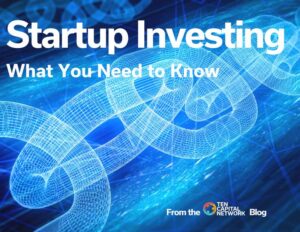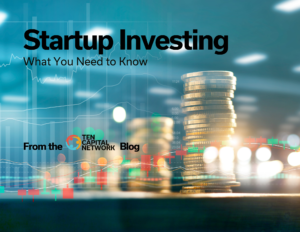
Startup Investing: What You Need to Know
2 min read Startup Investing: What You Need to Know Startup investing is an attractive venture for many in the world of investing. Before investing

2 min read Startup Investing: What You Need to Know Startup investing is an attractive venture for many in the world of investing. Before investing

2min read Building a Financial Model Building a financial model is an important aspect of running a startup and achieving investor funding. Below, we learn how

2 min read Financial models contain numerical data about the past, present, and future of your business. This information can be used to make business

2 min read Your Financial Model will consist of several KPI’s, or key performance indicators. The metrics show the business’s overall health and can influence

2 min read Startup investing is an attractive venture for many in the world of investing. Before investing in a startup company, its important to

2 min read A financial model is a summary of a company’s financial performance for a set duration of time. Financial models can be used

2 min read Information derived from financial statements is used to create financial projections and is usually done on a five-year scale. These projections are